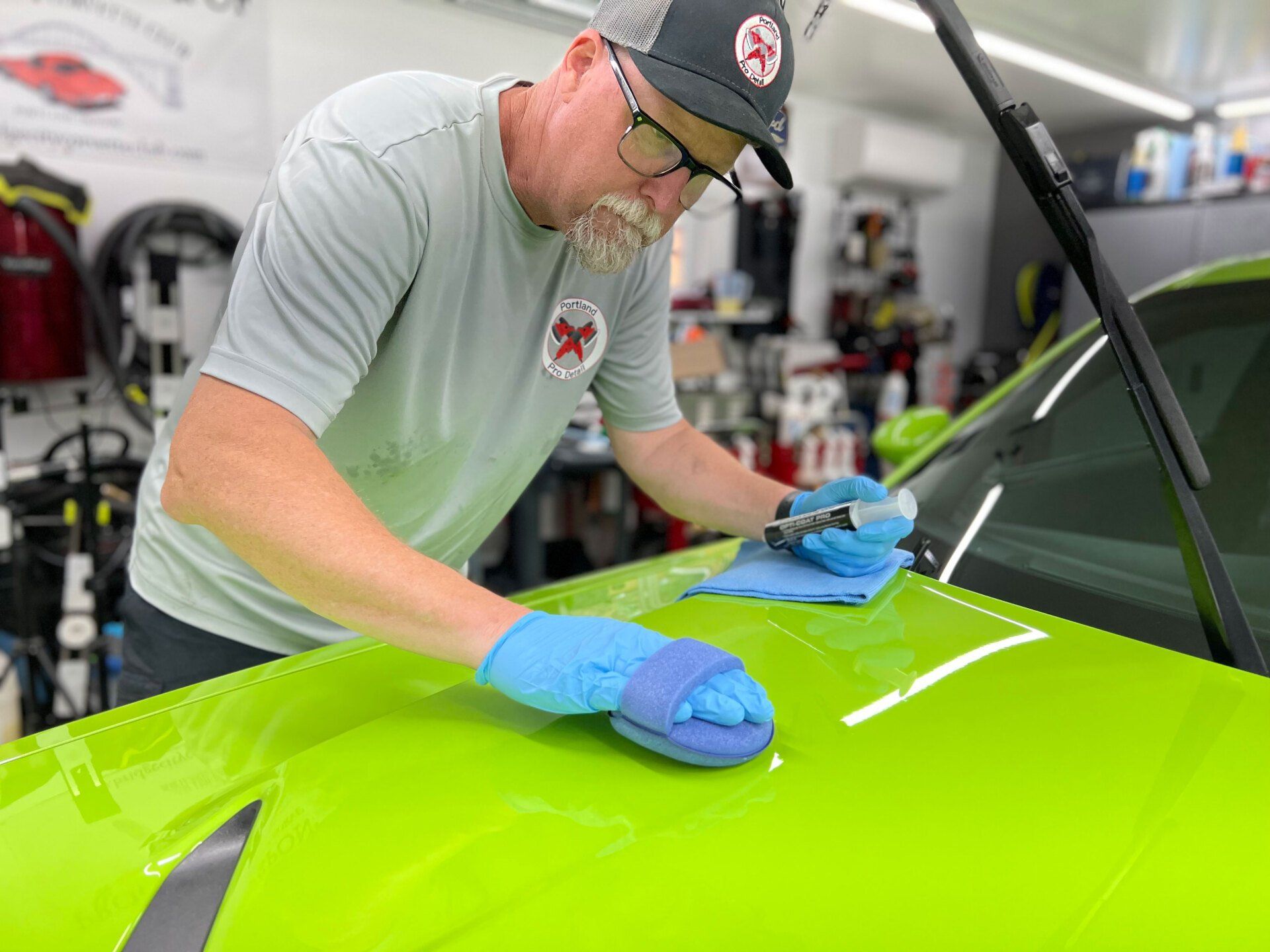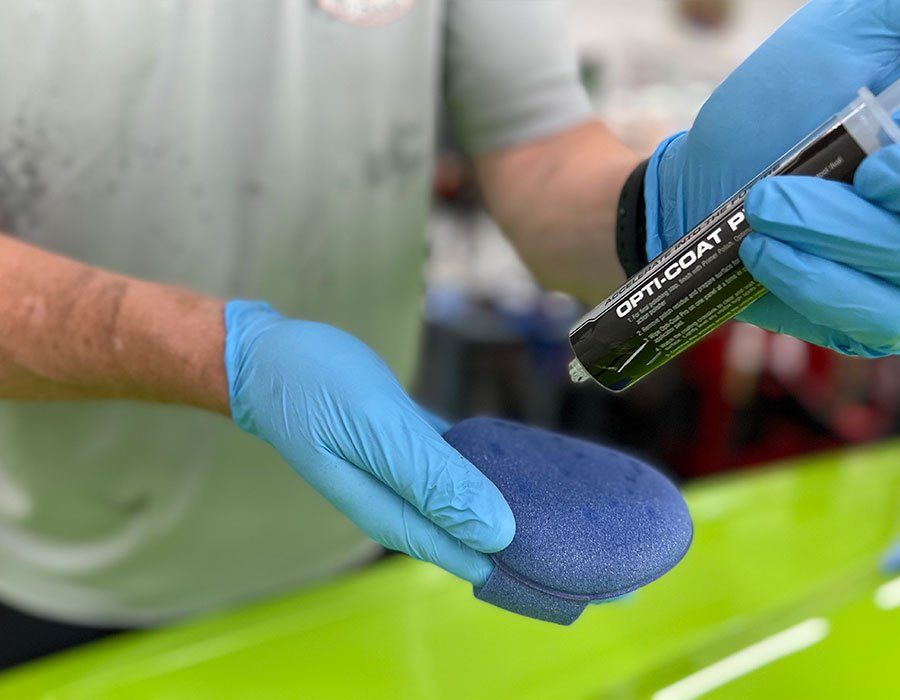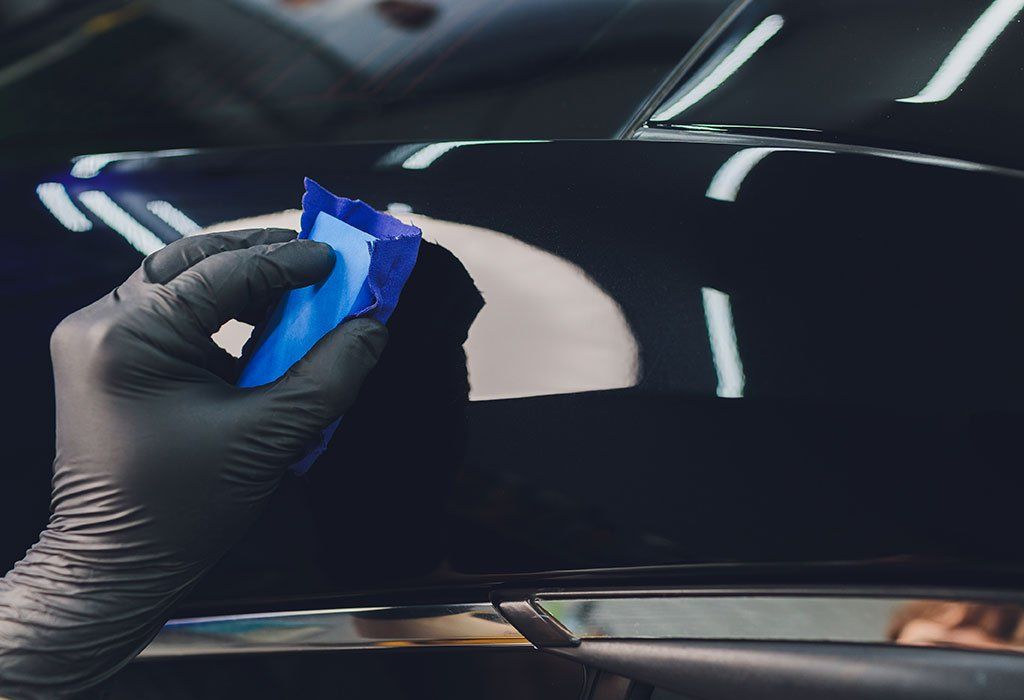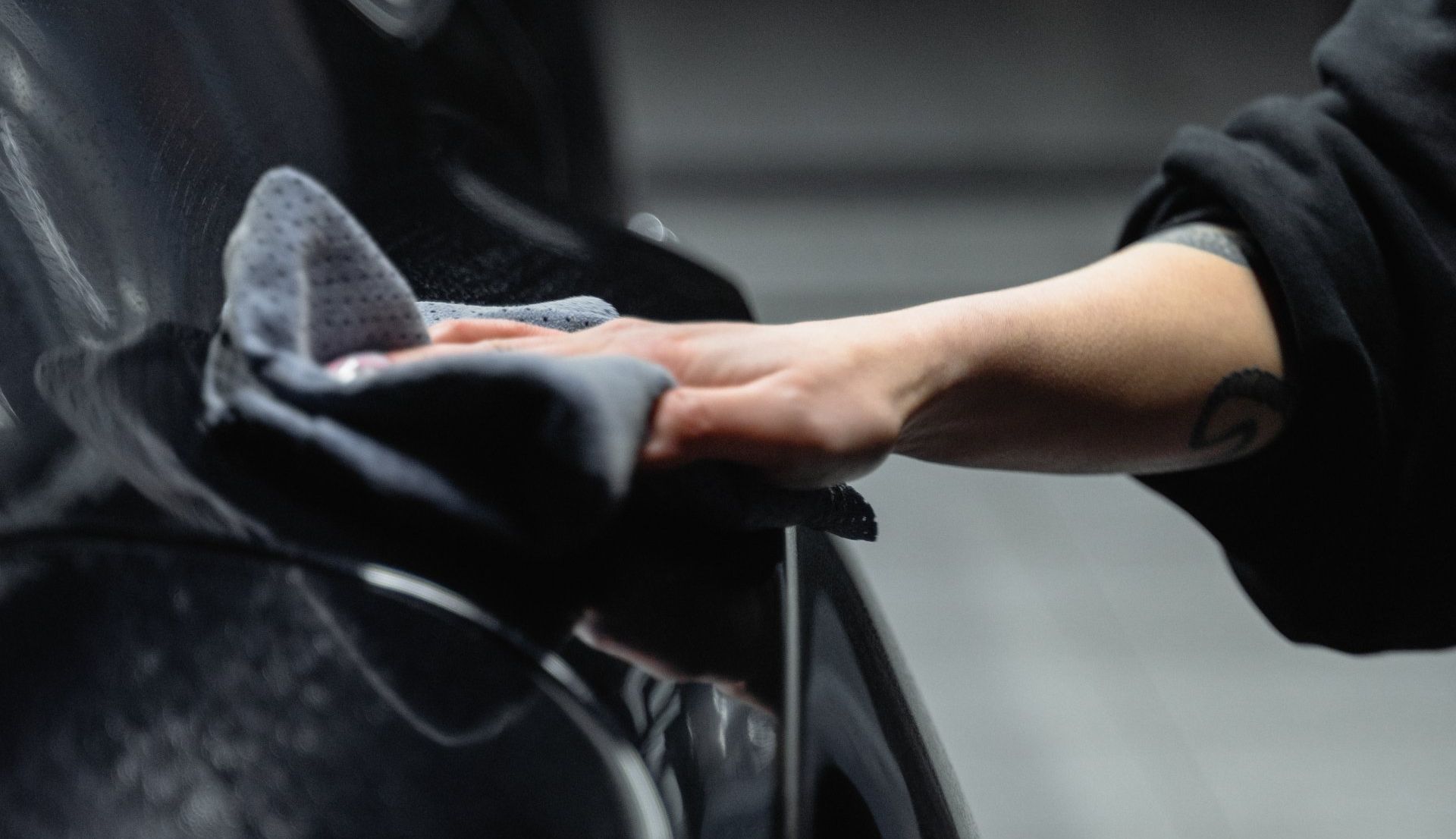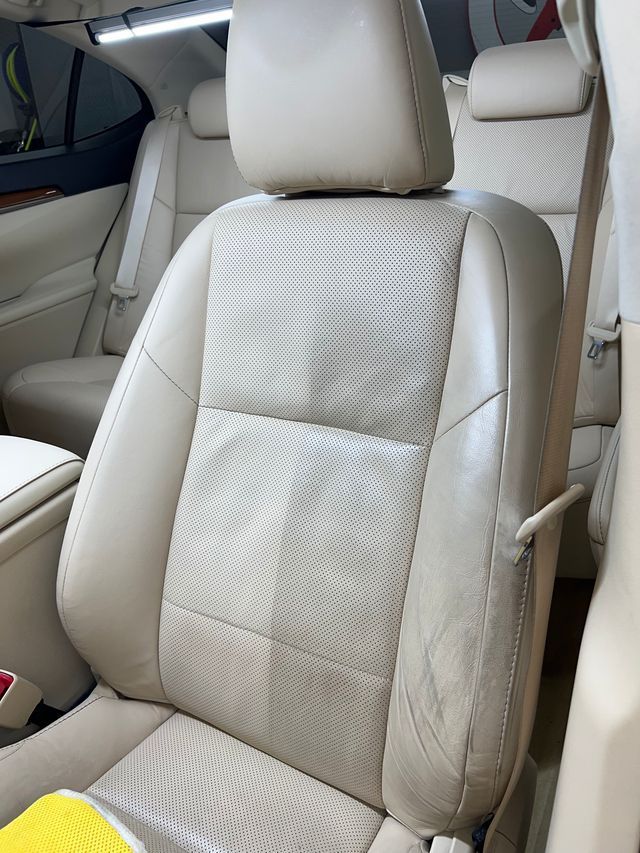What Happens If You Apply Ceramic Coating Incorrectly? Common Mistakes Explained
CALL (503) 444-7415
When it comes to preserving your vehicle’s paint, ceramic coatings are widely regarded as a premium protective solution. However, many DIY enthusiasts undertake the application process with minimal preparation or experience, underestimating the precision required for optimal results. Unfortunately, improper application can lead to a range of issues that compromise both the vehicle’s aesthetic appeal and structural protection—potentially resulting in costly corrective work. It is therefore essential to understand the most common application mistakes and the potential long-term consequences they may have on your vehicle’s appearance and durability.
If ceramic coating is applied incorrectly, it can lead to various problems, including visible streaks, high spots, and a compromised finish, which diminishes the desired hydrophobic properties. In severe cases, improper application may even necessitate costly repairs or reapplication due to permanent damage to the paint surface.
Common Mistakes in Ceramic Coating Application
Ceramic coatings offer excellent paint protection, but proper application is key to achieving the best results. Even small mistakes can compromise both appearance and durability. Here are some common errors to watch out for—and how they can impact your vehicle:
- Over-Application: It might seem harmless to apply a generous layer, but overdoing it can lead to detrimental effects like high spots or streaks that mar the sleek finish of a vehicle. High spots manifest as uneven patches that reflect light differently, giving your car a blotchy appearance. Often, excess product left on the surface can harden under sunlight, resulting in stubborn residue or permanent blemishes that are difficult—if not impossible—to remove without professional intervention.
- Working in Poor Lighting Conditions: Many mistakes stem from inadequate visibility during application, concealing potential defects like streaks and high points that could be easily caught with better lighting. A well-lit garage or workspace ensures you can see every detail clearly and address issues as they arise, which is crucial in delivering a flawless finish.
- Improper Buffing Techniques: If you wait too long to buff off the ceramic coating after application, the product can begin to cure on the surface, forming a hardened residue that's difficult to remove. This not only affects the coating’s appearance but also reduces its protective and hydrophobic performance. In fact, it's not uncommon for vehicle owners to invest in high-end ceramic kits only to end up with uneven finishes or lackluster water repellency—all because the coating was left to sit beyond the optimal buffing time. Proper timing is critical to ensure the product bonds correctly without leaving behind unsightly or ineffective results.
Avoiding these common mistakes requires professional-grade precision and expertise. A controlled environment with proper lighting and spotless surfaces is essential to ensure the ceramic coating is applied flawlessly. Rushed or careless work can compromise the finish, which is why trusting skilled technicians is key to achieving a high-gloss, showroom-quality result that lasts.
Effects on Vehicle Surface
Improper ceramic coating application can do more harm than good—dulling your vehicle’s appearance and compromising long-term protection. What should enhance your paint may end up diminishing its value and appeal if not handled correctly. Here are some of the most common surface issues that can result from poor application:
- Stains and Discoloration: Certain coatings may react negatively with your vehicle's paint or become compromised—leading to unsightly marks that are difficult, if not impossible, to remove. For instance, environmental elements like tree sap or bird droppings can seep into a poorly applied coating, leaving behind permanent stains that mar the visual appeal.
- Future Complications: It's important to point out that it isn’t just about aesthetics; the financial implications can be significant as well. Cars with visible imperfections attract negative attention and tend to depreciate faster than properly maintained ones. If you ever plan to sell or trade in your vehicle, these aesthetic flaws will inevitably hurt its resale value. Such complications make it clear why prioritizing proper application techniques is crucial: A small investment in professional services could save you thousands down the line.
Understanding these potential pitfalls highlights the importance of careful consideration when applying ceramic coatings.
Paint Damage and Reduced Protection
Improper application of your vehicle's ceramic coating not only reduces its protective capabilities but also creates opportunities for various paint-related issues. The most immediate effect is often paint damage, which can manifest as dullness, uneven texture, or premature oxidation.
- UV Damage: UV rays are relentless. Without a properly applied ceramic coating, car paint becomes vulnerable to fading and oxidation much faster than it should. Imagine pulling into your driveway one day and noticing that the hood of your car looks several shades lighter than the rest. This difference isn't merely cosmetic; it's a sign of uneven protection caused by improper application. A poorly coated surface fails to distribute its protective qualities evenly, creating weak spots that allow harmful UV light to damage your vehicle's finish. This uneven shielding might seem negligible at first, but over time, it snowballs into extensive discoloration and deterioration that is expensive to fix.
- Chemical Erosion: Beyond UV damage, improperly applied coatings also fall short in defending against common environmental hazards like acid rain, bird droppings, and tree sap. Each of these culprits can etch away at your vehicle's paintwork if they penetrate a substandard ceramic layer. For example, a splatter of bird droppings left unattended can cause visible pitting in the finish, making it unsightly and more susceptible to further damage. When chemicals interact with the underlying layer of paint—because they’re not being repelled—they create marks that might require costly repairs or even total repainting.
- Hydrophobic Failure: Notably, one of the key features of ceramic coatings is their hydrophobic property, which causes water to bead off the surface rather than cling to it. However, improper application or the use of low-quality products can result in water spots and streaks instead. These imperfections are not only unsightly but can also be difficult to remove. In such cases, the coating fails to deliver its intended performance, ultimately undermining the value of the investment.
Ultimately, a well-done ceramic coating application requires attention to detail—just a little forethought can save you future headaches from deep-seated paint damage or reduced protection quality. Regularly assessing any existing layers can help catch potential flaws early on before they escalate into something much bigger!
Uneven Shine and Appearance
One of the main aesthetic benefits of ceramic coatings is the enhanced gloss and shine they provide; however, incorrectly applied coatings can lead to a strikingly dull or uneven finish. Picture a freshly waxed car glistening under the sunlight—this is what we expect from a ceramic coating job. But when mistakes happen, such as ugly high spots or streaks, it transforms that shine into an eyesore, costing you both aesthetically and financially.
- High Spots: High spots are perhaps the most common culprits of an uneven appearance. These occur when too much product is applied in certain areas, creating excess buildup that looks bad and prevents light from evenly reflecting off the surface. When viewed under various lighting conditions, these spots become glaringly obvious, stealing away from the uniform look that ceramic coatings deliver. To avoid these pesky imperfections during your application, aim for controlled motion: think of applying the coating in a square, snake-like pattern rather than slathering it on haphazardly.
- Streaks: Streaking is another frequent problem that arises when the coating isn’t properly leveled across the surface. The issue usually stems from improper buffing techniques or using an inadequate application method that doesn’t allow for even distribution of product. If you find yourself resorting to back-and-forth motions while applying the coating, stop right there. Instead, utilizing a circular motion can help ensure more consistent results and eliminate streaking. Having a good application technique is crucial for achieving a flawless look.
- Dull Finish: Incorrect DIY applications lead to a finish that looks less impressive than a traditional wax job. This unexpected outcome undermines both the investment made into ceramic coating and the time spent on what was meant to be an upgrade in protection and aesthetics. Always remember that preparation is the key to avoiding this fate. Almost 75% to 90% of your work will involve cleaning and polishing the vehicle before any coating is applied. Failing to adequately prepare surfaces can result in imperfections that manifest through your ceramic layer. A poorly prepared paint surface may lead to encapsulating dirt and giving rise to an uneven sheen.
Maintaining vigilance during application can also make a significant difference in the end results. Always ensure your workspace is well-lit to catch any defects as they emerge and adhere strictly to buffing times outlined in product instructions; delaying buffing can heavily hinder removal of excess material, potentially leaving you with streaks or dullness.
Proper Surface Preparation
Getting your car ready for ceramic coating isn't an optional step; it's a cornerstone of the entire process. Think of it this way: if you want to bake a cake, you wouldn't toss all the ingredients into a bowl without measuring anything first. Similarly, every single step in preparing your vehicle's surface must be carried out with precision to ensure that the ceramic coating adheres correctly and lasts for years.
Cleaning
Start by using a dedicated pH-neutral car shampoo. Many individuals underestimate the importance of this step and might simply rinse their vehicle without applying soap. The process leaves behind dirt, grime, and residue that can impede adhesion. A clay bar should follow the initial wash to eliminate any stubborn contaminants like tree sap or overspray from previous wax applications. Applying a clay bar establishes a pristine surface, enabling the coating to establish a robust bond that would have been unattainable otherwise. The importance of removing old wax and oils cannot be overstated—without doing so, your ceramic coat could end up performing poorly, leading to a disappointing result. Remember that a pristine surface enhances appearance and plays a significant role in maximizing bonding capacity, ensuring long-lasting protection against UV rays and pollutants.
Polishing
At this stage, minor imperfections are addressed to ensure a flawless foundation for ceramic coating application. While the process may appear meticulous, industry professionals emphasize that proper surface preparation—including comprehensive cleaning and polishing—is critical to the success of the final result. The objective is to eliminate any surface defects before the coating is applied, as a smooth, contaminant-free finish allows for even bonding and optimal hydrophobic performance. Selecting the appropriate polishing products and tools is equally important; professional-grade equipment, such as dual-action polishers, is typically used to achieve a consistent, high-gloss finish without compromising the integrity of the paint. As you apply polish, focus on smaller areas—one panel at a time—ensuring thorough coverage while avoiding any back-and-forth motions, which could lead to uneven surfaces or streaks.
Cost of Incorrect Application
Mistakes during the application of ceramic coatings can lead to unexpected financial consequences that no car owner wants to face. Incorrectly applied coatings not only ruin your vehicle's aesthetic but can also lead to substantial repair costs that add up quicker than you might expect.
Immediate Costs
The moment you notice high spots or streaks on your freshly coated car, it's time for serious action. Often, correcting these issues requires professional touch-ups that can cost anywhere from $250 to $1,000, depending on the severity of the damage. Consider this: high spots alone may range between $250 and $500 to fix, while more extensive surface imperfections or coating failures could escalate the price to $500 to $1,000. The worst-case scenario involves actual paint damage, where repair fees can spike dramatically from $1,000 up to as much as $5,000—all expenses one wouldn't anticipate when pursuing what initially seemed like a simple application process.
Long-term Financial Impact
Unfortunately, it's not just about fixing mistakes in the short term. A poorly executed ceramic coating can significantly degrade your vehicle's resale value later on. Imagine putting countless hours and money into maintaining your car's integrity, only for visible imperfections to drop its worth by as much as 20%. This loss can be a painful financial blow when it's time to sell or trade in. By recognizing these immediate and long-term costs associated with improper application of ceramic coatings, you'll understand that careful preparation and technique are fundamental investments—not just extra steps in the process.
In conclusion, taking the time to apply ceramic coating correctly is essential not only to protect your vehicle but also to safeguard your wallet from future expenses. Prioritize professional application if you're unsure about the process!
Portland’s Finest Ceramic Coating Experts
Protect your vehicle with the trusted craftsmanship of Portland Pro Detail—Portland, OR’s go-to destination for
premium ceramic coating services. Our expert team applies cutting-edge coatings that deliver lasting gloss, unmatched durability, and superior resistance against the elements. Whether you're guarding against harsh weather, UV rays, or daily grime, we’ve got your paint protected. Schedule your ceramic coating service today
and experience the difference true professional detailing makes.

